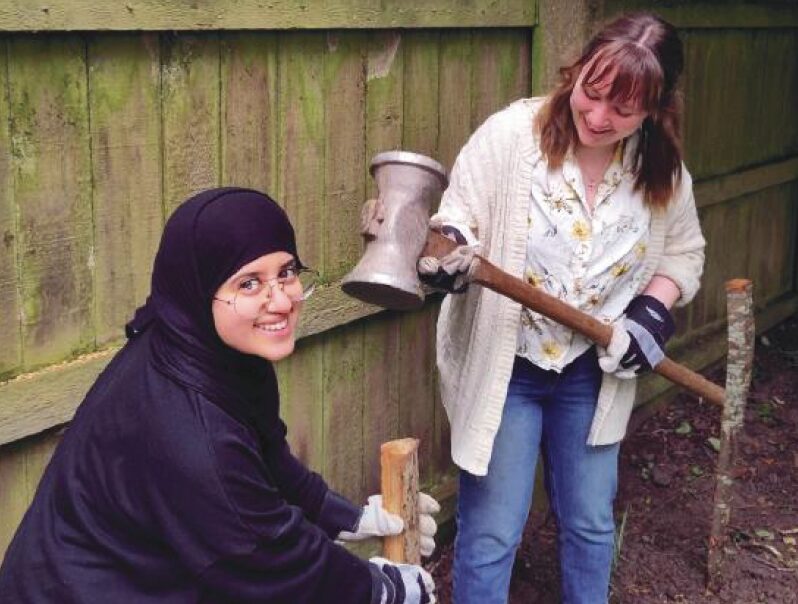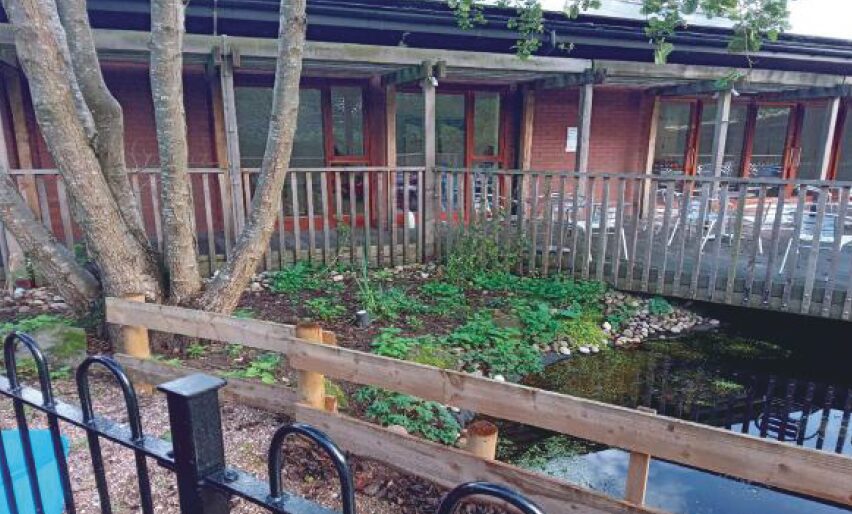
Transforming the Brampton Park wildlife pond and delivering engaging activities for young and old to boost wellbeing and inspire people to care about the environment.
The Wild about Brampton project restored and enhanced the wildlife pond in Brampton Park as a freely accessible public space, creating impactful volunteering opportunities and delivering engaging activities that boosted wellbeing and inspired people to value the natural environment.

The project delivers over these key areas:
Unsafe bridge removed, safety fencing and new path installed
Volunteers installed Dead Hedge fencing
Volunteers clear pond area
‘Toad Hall’ habitat box and stone sculpture installed
Wild about Brampton under 7 Sessions
Wild about Brampton
The project restored and enhanced the wildlife pond in Brampton Park as a freely accessible public space, creating impactful volunteering opportunities and delivering engaging activities that boosted wellbeing and inspired people to value the natural environment. The programme was developed and delivered in partnership with local VCSE organisation Groundwork, Staffordshire Wildlife Trust and local dementia specialists Father Hudson’s Care. Additional support
was provided by Newcastle Community Transport, Newcastle Hedgehog Rescue, Newcastle-under-Lyme parks team and a paid student film placement.
The project supported 31 volunteers who gave over 169 hours of their time. Volunteers met monthly to clear the wildlife space, put in new plants, build a deadhedge fence and bug hotel, and help design a new self-guided eco-wellbeing trail and signage.

Under 7’s Sessions
The beautiful new space was then brought to life with activities for families with young children, including seasonal story-times, and Nature Tots sessions, which
introduced them to the importance of protecting wildlife. The summer session explored worms and minibeasts, the autumn session introduced hedgehogs, and the winter session explored birds. Ten dementia-friendly wellbeing sessions used live music to bring back happy memories, which proved especially popular with local care homes

